@all,
The larger the magamp, the better. For anybody attempting to replicate this, make sure that you are at least using enough material to be equal to or greater than the amount of steel that I am using for my magamp cores. If the cores are too small, you might have difficulty accurately measuring the power consumption/production.
The magamp cores act like a sponge. When they are externally saturated by the modulation winding, all of the magnetic flux that is originating from the power winding is thrown out into the permeable space surrounding the Constant Current Circuit and the saturation/desaturation cycles manifests as sinusoidal current superimposed on Constant Current which causes the EMF to develop in the output transformer. The larger the magamp core, the more flux lines that can thrown out of the core and turn into output EMF.
Dave
The larger the magamp, the better. For anybody attempting to replicate this, make sure that you are at least using enough material to be equal to or greater than the amount of steel that I am using for my magamp cores. If the cores are too small, you might have difficulty accurately measuring the power consumption/production.
The magamp cores act like a sponge. When they are externally saturated by the modulation winding, all of the magnetic flux that is originating from the power winding is thrown out into the permeable space surrounding the Constant Current Circuit and the saturation/desaturation cycles manifests as sinusoidal current superimposed on Constant Current which causes the EMF to develop in the output transformer. The larger the magamp core, the more flux lines that can thrown out of the core and turn into output EMF.
Dave
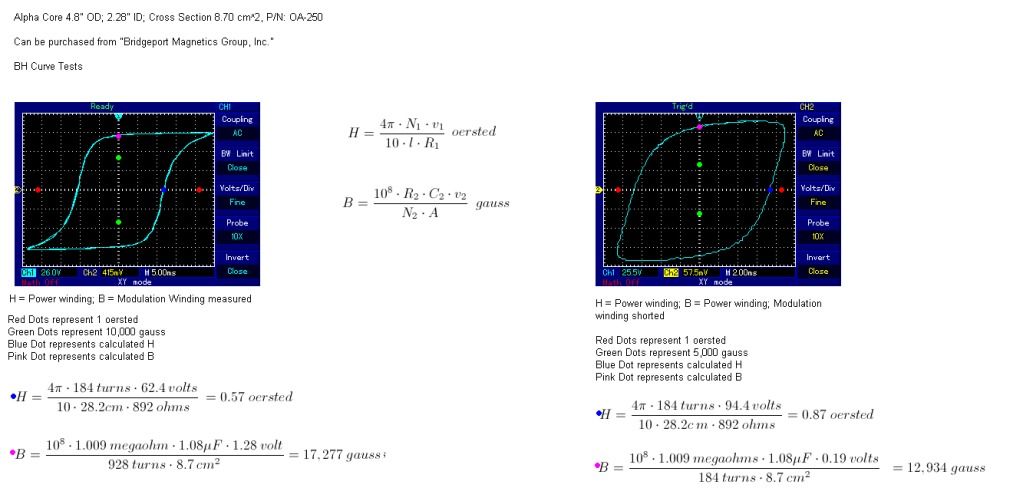
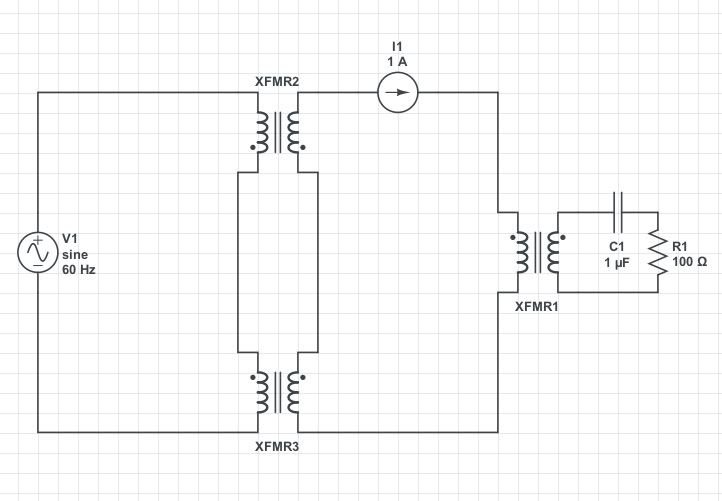
 , but I think that I made a flaw in my measurements. For what I thought at the time was a good idea for the sake of simplicity was to measure the modulation winding losses by using i^2*R. i^2*R is for heat losses in the wire and does not reflect hysteresis losses. More investigation shows that there is a proportional energy loss in the hysteresis of the magamp material as there is a 'power gain' in the constant current circuit. I hadn't really taken this into account because the power windings are magnetically opposing the control winding which would cancel out any conventional energy transfer from the modulation winding to the control winding. I normally would have really investigated the circuit before I said anything, especially since the last incident, but this was the circuit that Eric told me to try so I had a bit more confidence in believing what I thought I was seeing. I just wanted to see others try to replicate it to see if the same results would be attained.
, but I think that I made a flaw in my measurements. For what I thought at the time was a good idea for the sake of simplicity was to measure the modulation winding losses by using i^2*R. i^2*R is for heat losses in the wire and does not reflect hysteresis losses. More investigation shows that there is a proportional energy loss in the hysteresis of the magamp material as there is a 'power gain' in the constant current circuit. I hadn't really taken this into account because the power windings are magnetically opposing the control winding which would cancel out any conventional energy transfer from the modulation winding to the control winding. I normally would have really investigated the circuit before I said anything, especially since the last incident, but this was the circuit that Eric told me to try so I had a bit more confidence in believing what I thought I was seeing. I just wanted to see others try to replicate it to see if the same results would be attained.
 )... still I seemed to be naturally blundering into this bailiwick with my musings !
)... still I seemed to be naturally blundering into this bailiwick with my musings !

 for that matter I consider it extremely likely that a common source is being tapped!
for that matter I consider it extremely likely that a common source is being tapped! Assuming that’s correct I feel free to mix and match any parts of any system that works into another working unit. In very much the same way as I would build an electronic circuit from “Known working blocks”
Assuming that’s correct I feel free to mix and match any parts of any system that works into another working unit. In very much the same way as I would build an electronic circuit from “Known working blocks”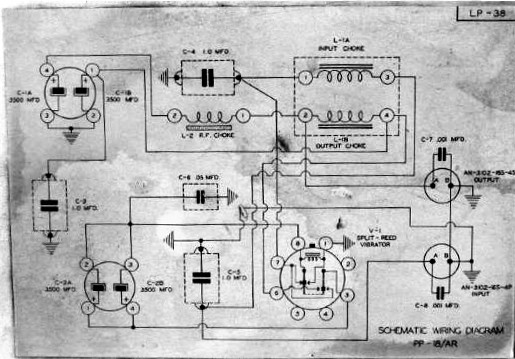

 I also find it a bit dubious when another subject seems to be introduced by a stranger to the thread (as Ive just done
I also find it a bit dubious when another subject seems to be introduced by a stranger to the thread (as Ive just done That being the case I'll post these few links to the PDFs and video's
That being the case I'll post these few links to the PDFs and video's  That being the case I hope you find the time to a least scan the information here ...
That being the case I hope you find the time to a least scan the information here ... 
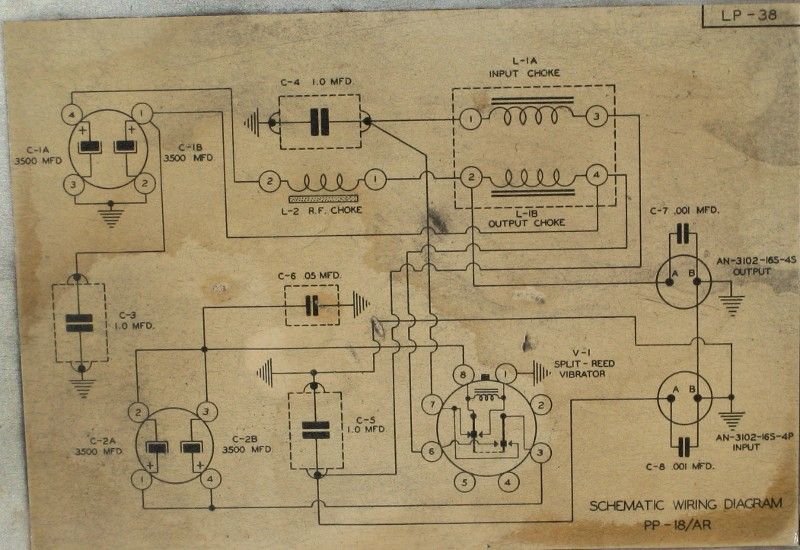
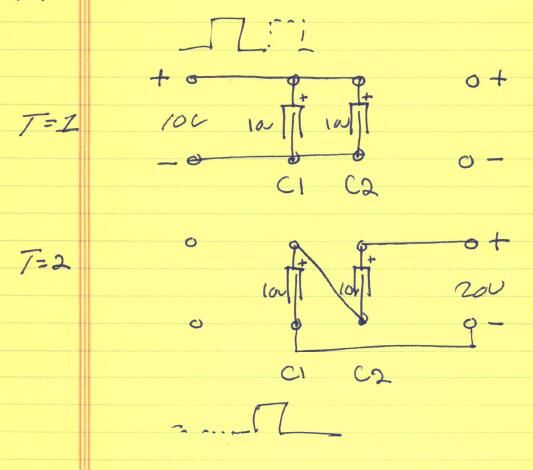

Comment